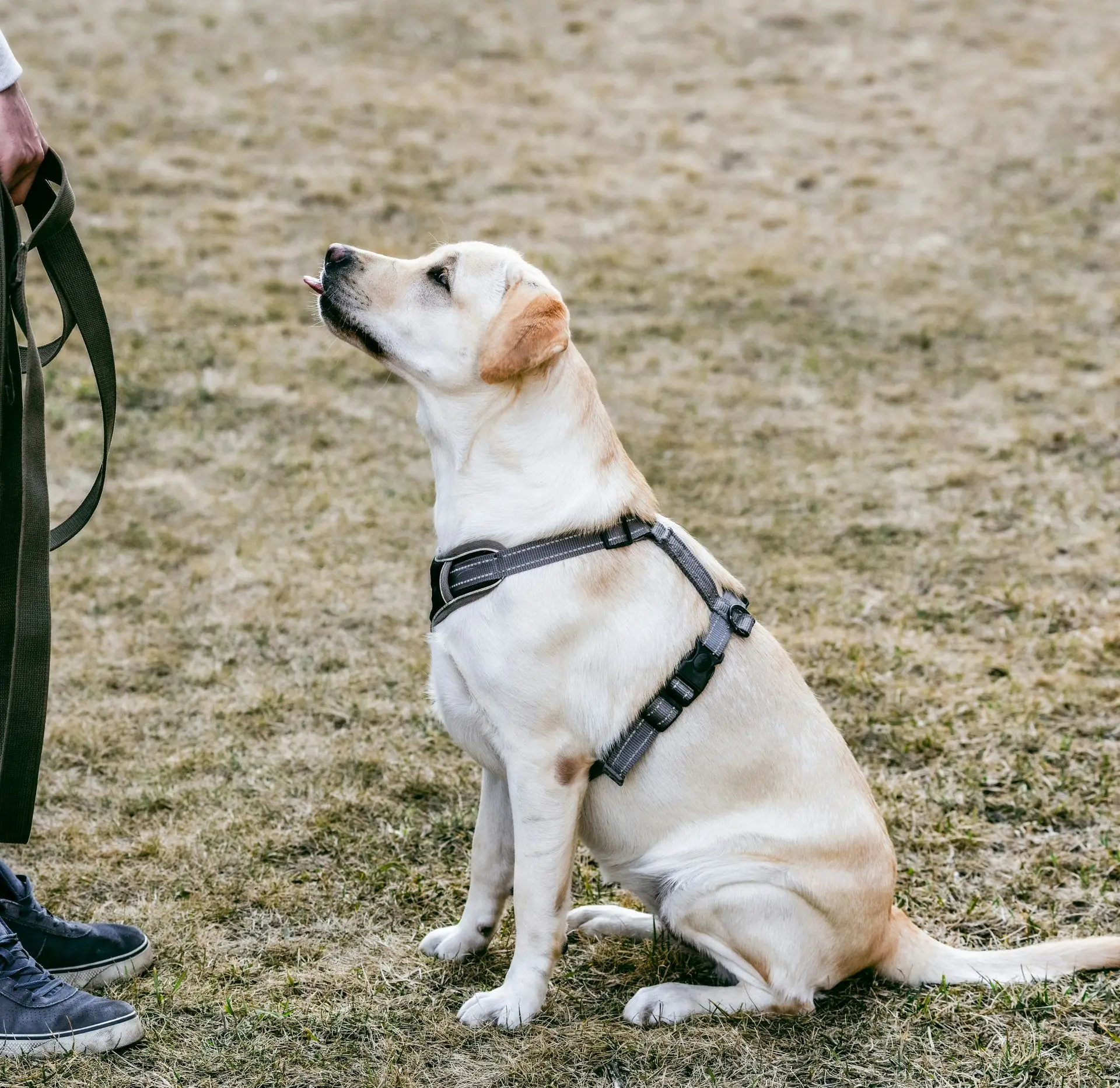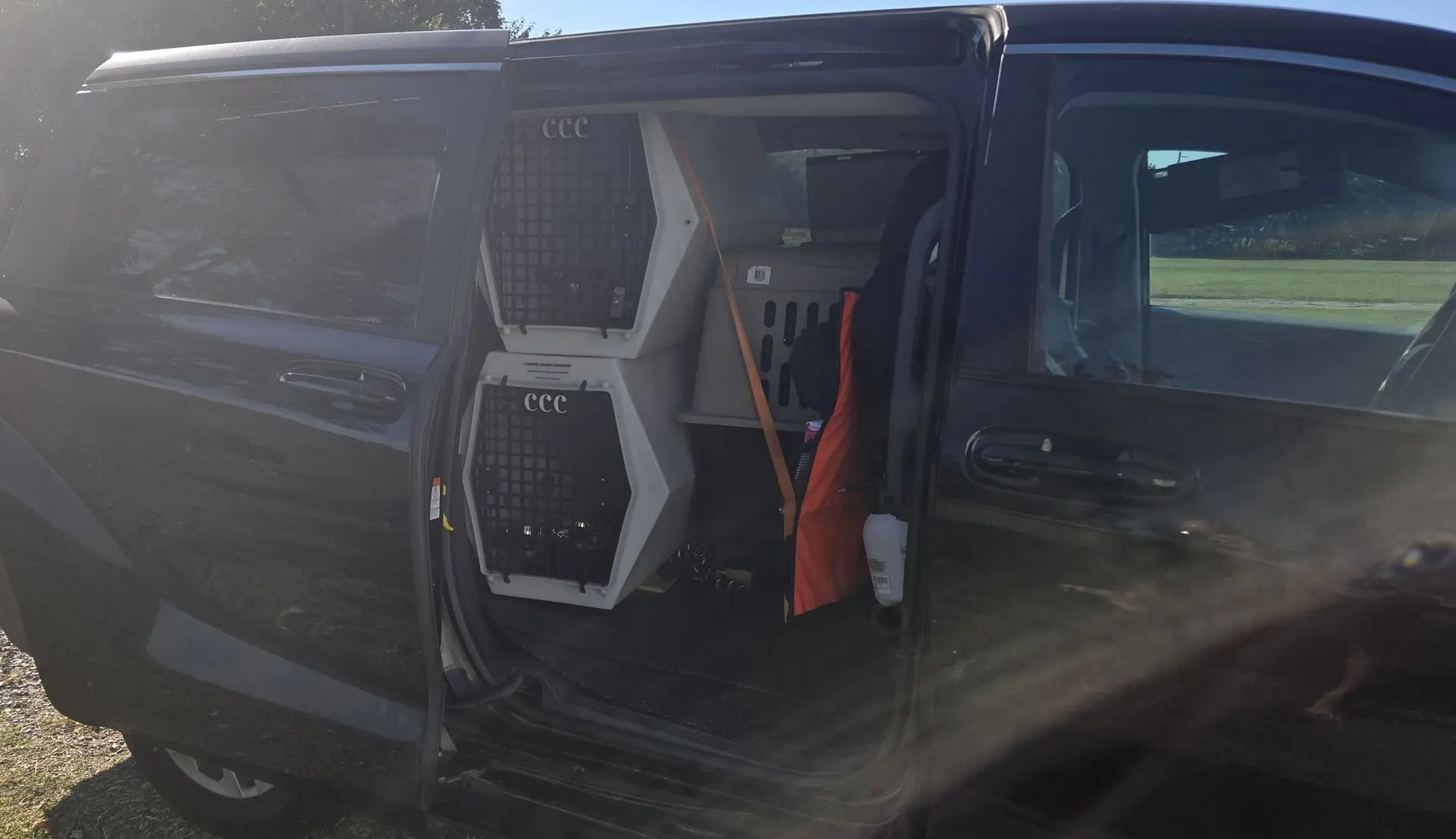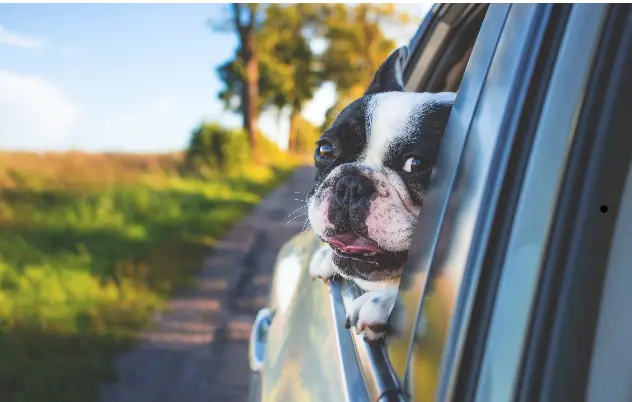Transporting a pet across the country sounds simple — fill the tank, pack some snacks, and go. But once you factor in fuel, time, lodging, and safety gear, the “cheap” DIY route isn’t always the deal it seems for a safe pet transport. Here’s how the math and logistics actually play out.
1) The True Cost of a DIY Pet Transport Trip
Before you load up the car, run these numbers:
Fuel: Average road mileage + gas prices add up fast. A 1,000-mile trip in a mid-size SUV burns roughly $150–$200 in gas alone.
Lodging: Pet-friendly hotels average $100–$150 a night, plus cleaning or pet fees.
Food & supplies: Add $50–$100 for meals, treats, cleanup gear, and road snacks.
Time: A two-day, 1,000-mile drive equals around 18–20 hours behind the wheel. Factor what your own time is worth — most people forget that part.
So while it may look like a $300 trip, once you count fuel, hotel, food, and hours on the road, your cost often exceeds $600–$700 for even moderate distances and should be considered when you think about your pet travel pricing.

2) Safety and Stress Considerations
DIY travel also means:
Managing bathroom breaks safely for dogs or litter setups for cats.
Monitoring temperature constantly — cars heat up or chill fast.
Handling emergencies solo (flat tire, traffic, motion sickness, anxiety).
For pets that aren’t crate-trained or for young puppies/kittens, long rides can be overwhelming without professional structure and ventilation setups.
3) Why Professional Pet Transport Often Wins
Professional transporters like Pawformance operate USDA-licensed vehicles built for pet travel — climate-controlled, sanitized, and monitored. You’re paying for:
Experienced drivers trained in animal handling
Regulated rest schedules and no-paws-on-ground protocols
Real-time updates every few hours
Health certificate verification before pickup
Insurance and contingency plans in case of breakdowns or delays
It’s not just the miles — it’s the management behind them.

4) The True Cost of a DIY Pet Transport Trip
(Example: 1,000 Miles)
| Expense | DIY Transport | Professional Transport |
| Gas | $150 | Included |
| Hotel (1 night) | $120 | Included |
| Food/Supplies | $75 | Included |
| Time | 20 hrs | 0 hrs |
| Total Out-of-Pocket | $345+ | $700–$1000 average |
| Stress Level | High | Low |
DIY looks cheaper on paper when considering the pet transport comparison; but you carry all the risk, logistics, and lost time yourself. Professionals handle everything door-to-door — while you stay home, work, or prepare your pet’s arrival space. Whereas a USDA pet transporter takes all the burden and risk to ensure a smooth and safe trip for you and your pet.
5) When DIY Might Make Sense
There are situations where a self-drive works fine:
Short trips under 300 miles
Fully vaccinated, crate-trained pets
Multiple family members able to share driving duties
Just be realistic about energy, time, and vehicle setup before committing to your own ground pet transport journey and keep in mind the overall pet travel cost before making your final decision.

6) Bottom Line
A professional transport or pet shipping service may cost a bit more up front, but it buys peace of mind, time, and safety for your pet. If your trip is long or your pet is young, nervous, or unvaccinated, the professional route almost always wins on value.
At Pawformance, our goal is to make that trip seamless — humane, clean, and completely transparent from start to finish.